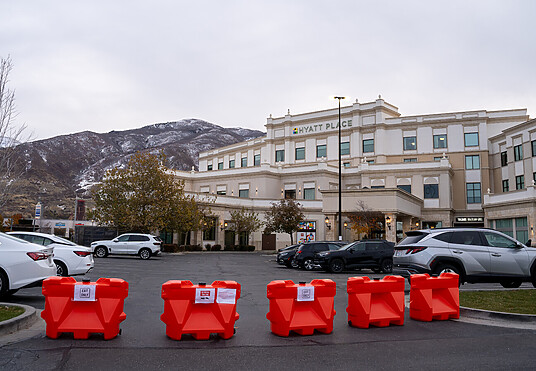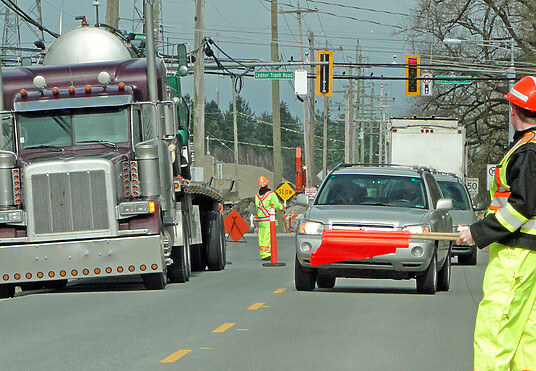MASH Testing 101 – A Comprehensive Guide
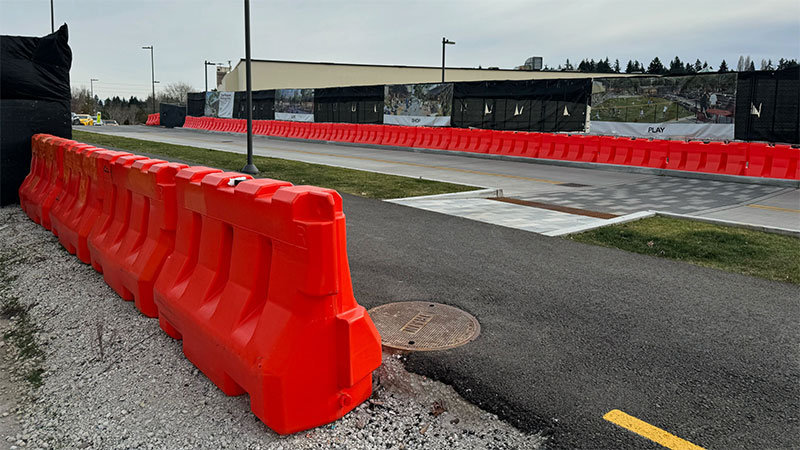
What is MASH testing?
MASH testing, or the Manual for Assessing Safety Hardware Regulation, began in 2009 as a replacement for a 1993 roadside safety device report – the National Cooperative Highway Research Project (NCHRP) report 350, “Recommended Procedures for the Safety Performance Evaluation of Highway Features.” These regulations cover crash-testing standards for permanent and temporary highway safety features and recommend guidelines for evaluating test results. The equipment that falls under such guidelines includes steel guardrails, crash cushions, concrete jersey barriers, and water-filled plastic barricades.
A long history of important standards
NCHRP report 350 brought uniformity to all regulations and testing between manufacturers. Prior to this, different standards meant that not all safety testing was equal. While it replaced the 1993 NCHRP 350 report, highway regulation and the beginnings of MASH testing start even further back. The 1962 Highway Research Circular published the very first highway safety standards in issue 462, while previous NCHRP reports (153 and 250) were published in 1974 and 1980, respectively.
2002 brought about the project 22-14 (02), “Improvement Procedures for Safety-Performance Evaluation of Roadside Features”, which led to the creation of MASH 2009 by the American Association of State Highway and Transportation Officials (AASHTO). It took eight years to complete and implement the new regulatory guidelines.
Sunsetting NCHRP guidelines
Updated once again in 2016, MASH did not change much in terms of concrete barrier regulation, but focused on cable barrier systems. However, it presented major changes in the sunsetting of NCHRP criteria and where it is still allowed to be used.
As of December 31, 2019, all NCHRP guidelines have been laid to rest and the current MASH 2016 evaluation standards must be followed for new permanent installations.
Current MASH 2016 testing categories
As of January 1, 2017, MASH Testing Guidelines fall under these basic categories: vehicle type, impact speed, impact angle, and impact location. MASH is different from the NCHRP guidelines in many ways, the most prevalent being the increase in the size and weight of tested vehicles – these reflect the increase in current vehicle fleet size – and the detail required while testing is taking place.
To be approved at certain levels of testing, barricades and highway safety features must pass testing at different levels of speed. The MASH testing levels are:
- TL-1: Cars and trucks –– 31 mph
- TL-2: Cars and trucks –– 44 mph
- TL-3: Cars and trucks –– 62 mph
- TL-4: Cars, trucks, and single-unit trucks –– 62 mph and 56 mph respectively
- TL-5: Cars, trucks, and tractor trailers –– 62 and 50 mph respectively
- TL-6: Cars, trucks, and tractor-tank trailers –– 62 and 50 mph respectively
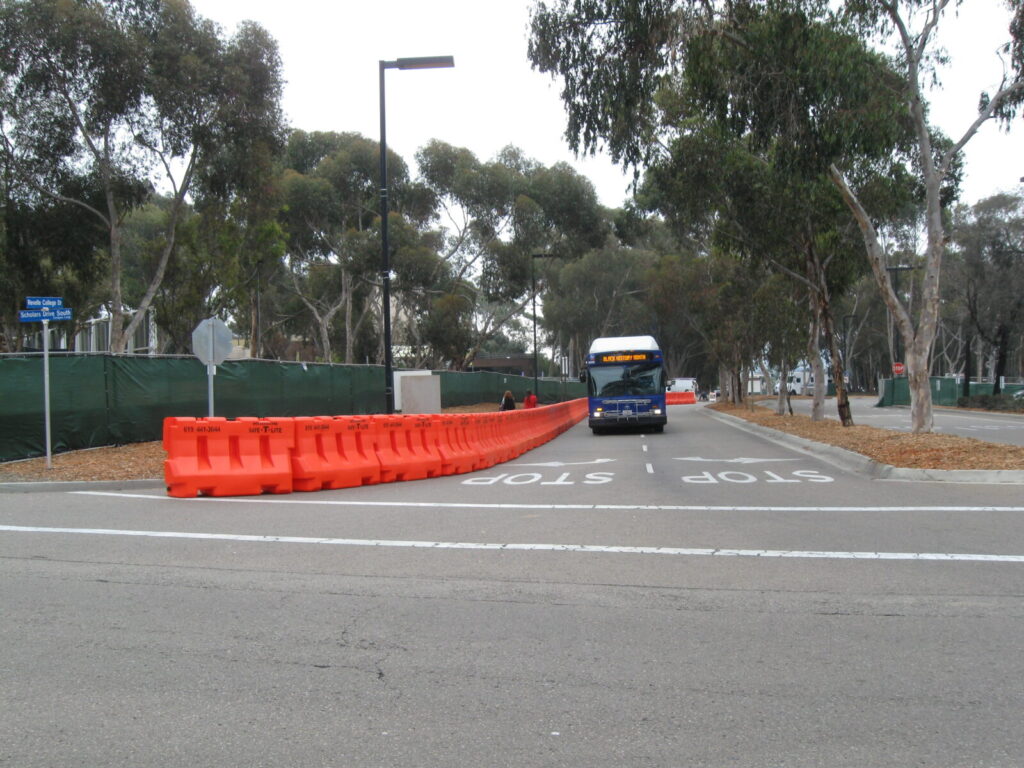
Why is MASH testing so important?
As highway safety has a long history, it’s easy to see why following current standards is so important. Ensuring that equipment will perform well in real-life situations is crucial to the safety and well-being of those who develop United States roads and highways.
Each detail – the weight, shape, construction, and design – of roadway barricades and safeguards is carefully considered to create the best products. These are made to redirect out-of-control vehicles and prevent as much damage as possible when preventing cars and trucks from leaving the roadway in active construction zones.
Keeping vehicles on the roadway helps keep construction workers in work zones safer, as well as motorists themselves. While directing out-of-control cars back into traffic might seem counterintuitive, it prevents fatalities to pedestrian workers and gives the vehicle operator the chance to regain control of their steering (particularly if plastic barricades are used). While many barricades are allowed in low-speed areas, many are not approved for use along freeways and highways – this makes it doubly important that those used in high-speed areas are the safest and most reliable they can be.
Are OTW’s products MASH tested?
OTW is proud to have the only TL-3 designated 42” barricade on the market. Our 42” jersey-shaped LCD is rated for high speeds and serves as excellent protection on highways and at construction sites.
All of our newest products (those manufactured after 2019) are MASH compliant under the most recent guidelines, and any older models will be grandfathered in until re-testing is required for all.
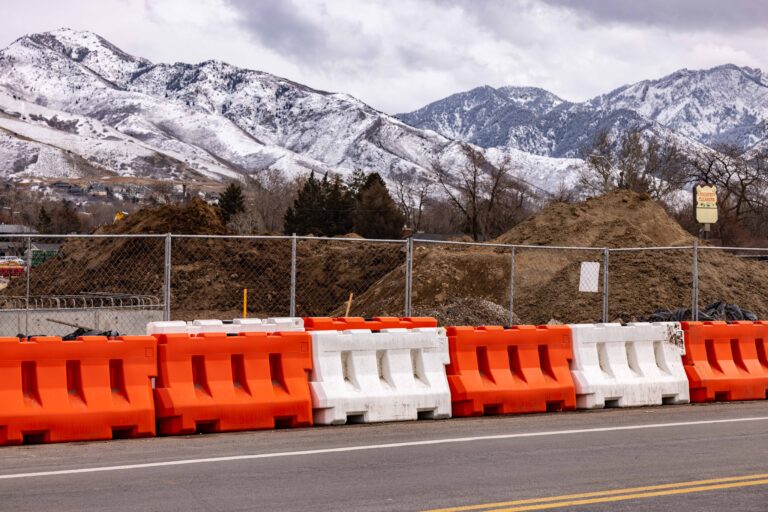
Safety is our middle name
We take safety seriously; this means that we dedicate our time to creating the safest, most durable products on the market. Not only do we ensure that our products are crash and MASH tested, but we do in-house and third-party testing for jet-blast testing and other FAA requirements, as well as ballistics testing. This only reinforces how much we care – OTW goes to great lengths to manufacture the best possible safety products for you!
